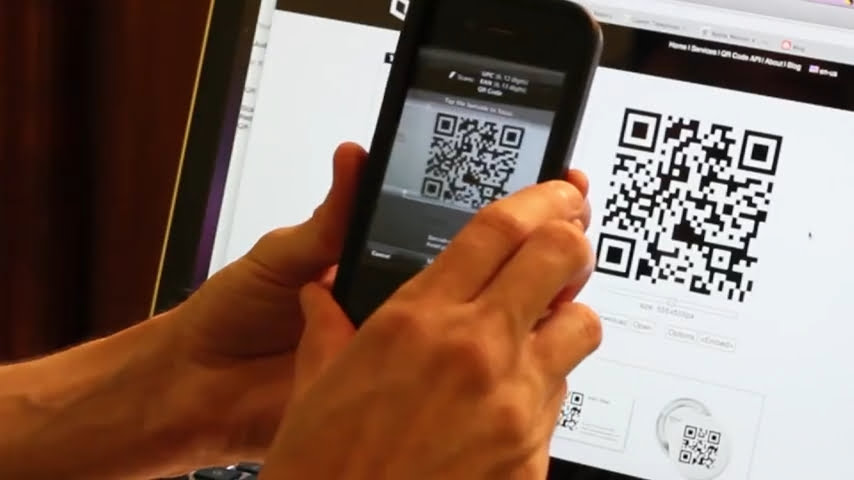If you have used WhatsApp’s web application, you may have seen the below QR code quite frequently. Or, You may have seen something like this somewhere else and wondered: “What is this thing?” or “How does this pattern work?”

Looks familiar?
Well, this article tells you everything you need to know about QR codes and the magic that makes them work.
What is a QR code?
QR stands for Quick Response (we will later discuss why it is called so). A QR code is, in essence, a two-dimensional barcode with the ability to store information. The codes are essentially a matrix of small black boxes on a white background.
They were first brought into use by a Japanese automobile company to track car parts more conveniently. However, today they are used at a much broader level.

QR codes are gaining much popularity in almost every industry because of their diverse applications. Today, QR codes are being used to track products, manage documents, identify items, and general marketing.
Features
If used wisely, QR codes can be handy for your business. While being extremely easy to use, the codes have a clear advantage over the traditional barcodes. The codes provide many benefits to its users:
1. Quick readability
QR codes are known as “Quick Response” codes because they offer instant access to the information stored using your smartphone camera. The codes do not need a special scanner and can be scanned by anyone using any simple reader application for their smartphones.
2. Increased storage
QR codes can store a larger amount of data compared to traditional barcodes. They can easily store up to 7089 digits or 4296 characters, including punctuation marks and special characters. Data can be stored in standardized encoding modes, i.e., alphabets, numerics, binary, and even kanji. The more the data, the more complex the structure of the code becomes.
3. High Fault Tolerance
To avoid data loss, the information in the codes is duplicated several times. This ensures the information is accessible even if 30 percent of the code is damaged.
The Structure
QR codes have a specific structure that makes them work.

Square Shape
For the QR to be readable, it needs to be a perfect square.
 Positioning Marks
Positioning Marks
Positioning Marks guide the direction in which the QR code is printed.
 Alignment Marks
Alignment Marks
The alignment marks guide towards the correct orientation of the code.
 Timing pattern
Timing pattern
These lines indicate the size of the data matrix.
 Version Information
Version Information
This pattern indicates the QR version used to make this QR. 20 different versions are used to make QR codes.
 Format Information
Format Information
This part contains information about data tolerance and makes it easier to read the code.
 Data Pattern
Data Pattern
This part of the QR code contains the data you want to store with the error handling information.
How does your phone read a QR code?
QR codes can be read easily by using any QR reader app. Such apps are easily available for Android as well as iPhone.
How can you the full out of QR codes for your business?
QR codes are widely being used in the Fintech industry for transactions at malls and retail stores. Moreover, the food industry uses codes to allow users to check-in at restaurants via Facebook.
The greatest use of QR nowadays is in general marketing. Many brands add QRs in their print or digital advertisements that either give more information about the business or lead to their websites.
Businesses of any scale can use codes to give out any information they would like their potential customers to see. This ranges from product details and contact details to your official Facebook page or Youtube video link.
QR codes can also be used even to give out discount coupons to customers!
If you scan a QR code, the codes are capable of :
- displaying to you information about businesses,
- showing you a URL you can visit,
- saving contact details on a smartphone using Vcards,
- Show an image gallery,
- redirect to your phone’s app store,
- send out an e-mail or text with predefined texts,
- or even play an mp3!
How to generate a QR code?
Many applications and websites are available on the internet that can help you generate a QR code, such as qr-code-generator.com and many more.




Share Your Thoughts